Whether that is Achilles and Patroclus, David and Jonathan in the Bible or the Renaissance scholar Montaigne and his great friend La Boétie, men were considered to be the ones with the real skill in forming deep, sincere and lasting friendships, whereas female friendships were considered rather superficial and very easily prone to envy, rivalry and arguments.
A history of female friendship
Historian of Emotions
- Female friendships have historically been overlooked but were deeply supportive and practical, often forming vital networks among unmarried or working women.
- In the 19th century, female friendship became idealized as morally and emotionally superior, especially within the expectations of Victorian womanhood.
- The 20th century saw increasing scrutiny of close female bonds, with fears around lesbianism and social nonconformity influencing how friendships were policed and expressed.
- Modern ideas like the “toxic friend” reflect cultural shifts toward individualism, often placing unrealistic expectations on friendships.
Female friendship dismissed
For more than 2000 years, men were considered the great experts in friendship. Their friendships were written about; they were memorialized in stone. There are great reams of romantic poetry written about male friendship.
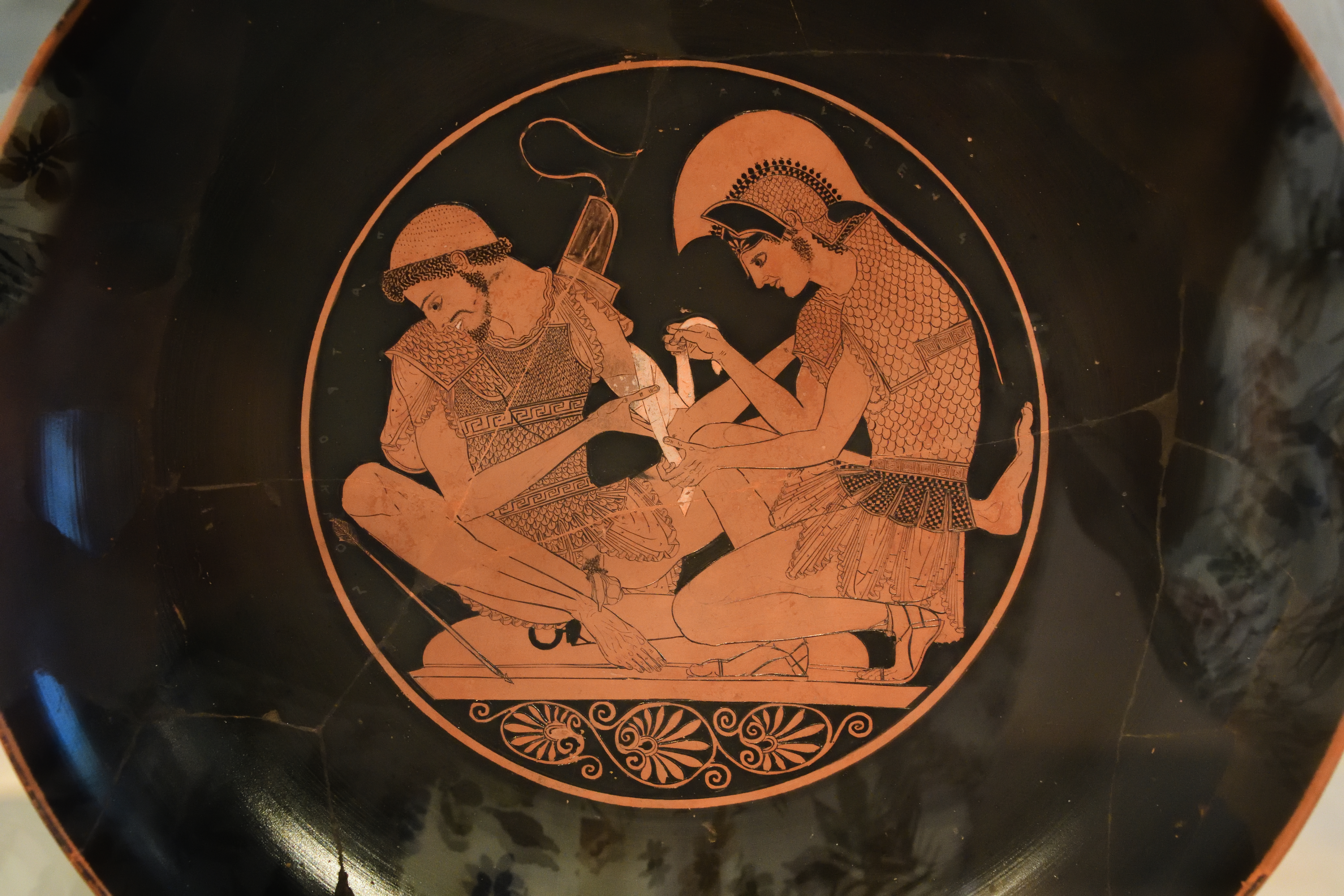 © Dosseman via Wikimedia
© Dosseman via Wikimedia
Records of women's friendship
Male friendship had been memorialized in poetry and written about in books for centuries. When I started thinking about a history of female friendship, I imagined I would mainly be looking at letters, diaries and very intimate materials; however, I became quite interested in more public records, such as tax records and legal records. For example, in 1272, two women in their 40s, which would have been considered pretty old at the time, lived together. They were called Nicole and Comtesse, and they lived in one of the poorest parts of Paris. They were laundresses and possibly also sex workers.
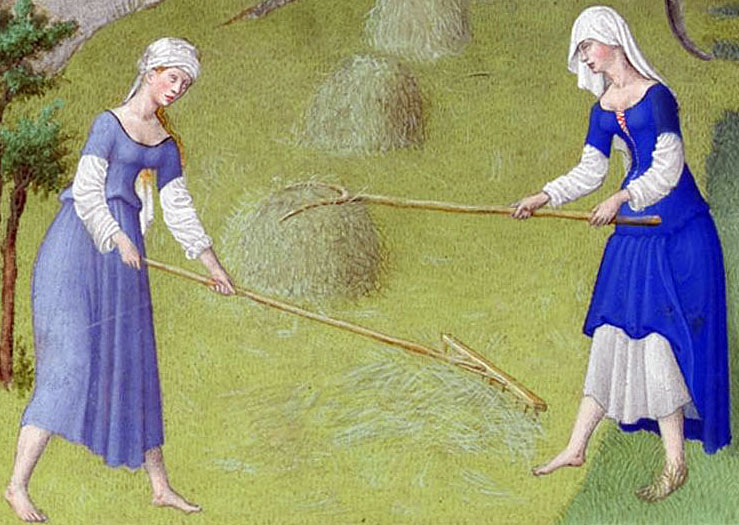 © Très Riches Heures by Limbourg Brothers, Musée Condé via Wikimedia
© Très Riches Heures by Limbourg Brothers, Musée Condé via Wikimedia
This was a very interesting example, and there are many like it, because those women would not have left diaries and they would not have written letters. They probably were not literate at all. We can still get insight into not just their friendship but a very particular type of friendship. This is obviously a deeply loving and affectionate friendship, but it is also a deeply practical one. These women lived together and helped support each other. They operated within a whole community of single, unmarried or widowed women who were doing more or less the same thing or supporting one another. Here we start to get glimpses of a different kind of story about female friendship.
Personal and public friendship
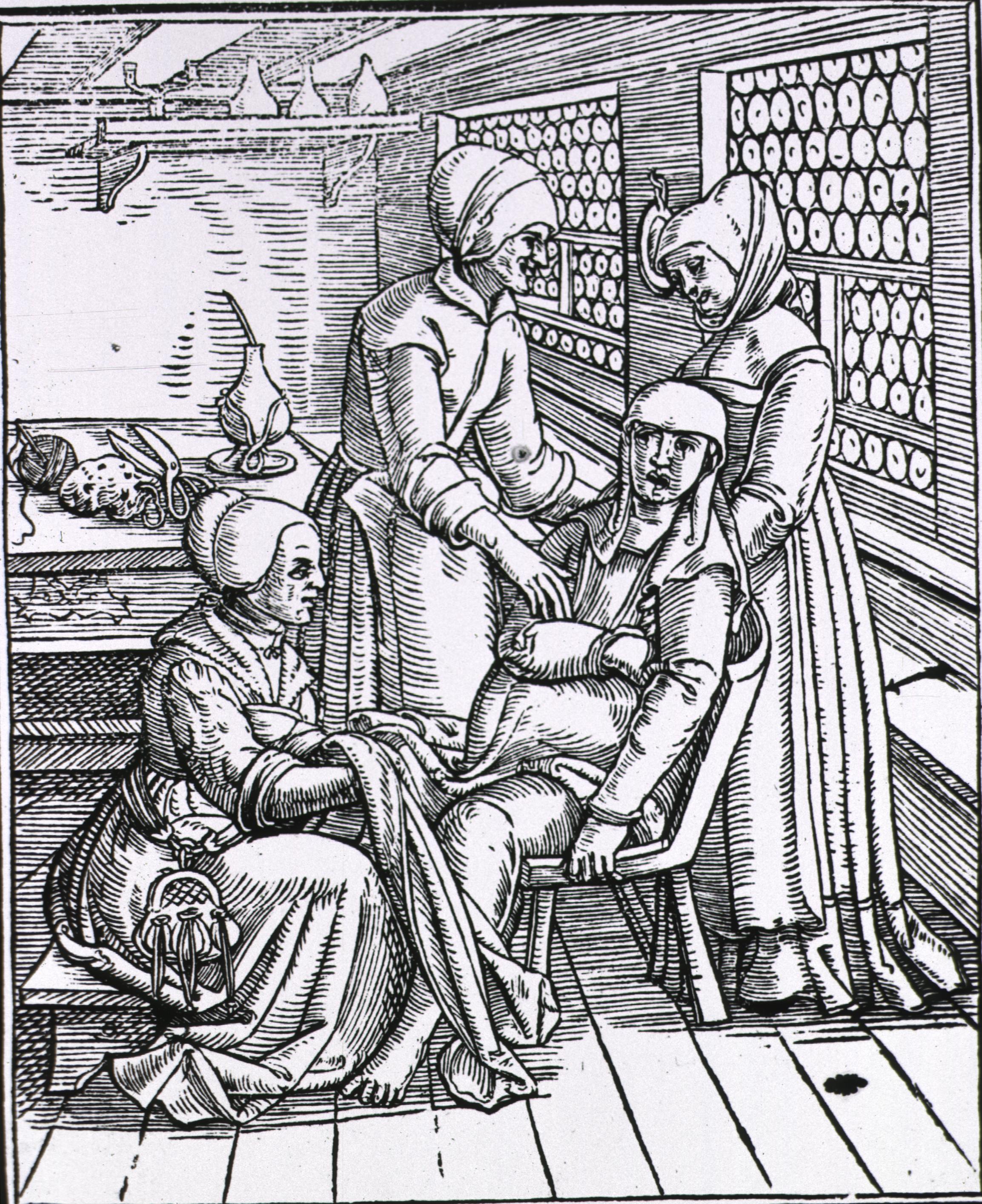 © National Library of Medicine via The Commons
© National Library of Medicine via The Commons
In 16th-century London, Mary Freeman was a midwife. Her husband got the pox and accused her of infidelity. She managed to rally around twenty of her friends to come to court and act as witnesses for her good character. There, again, we get a little glimpse into the friendships and associations she had made in her time. In 1696, two widows – Widow Weaks and Widow Floyd – lived together in Southampton. They shared their household resources, their tax liability, childcare and cooking; they worked together and so on. We start to see a different portrait of female alliances and the independence they provided.
New ideas about emotion
In the 18th and 19th centuries, that picture starts to change with new ideas about emotion and gender. It starts to change with new ideas about compassion and where it comes from. By the 19th century, to be a successful, middle-class Victorian woman, you were expected to have close female friends.
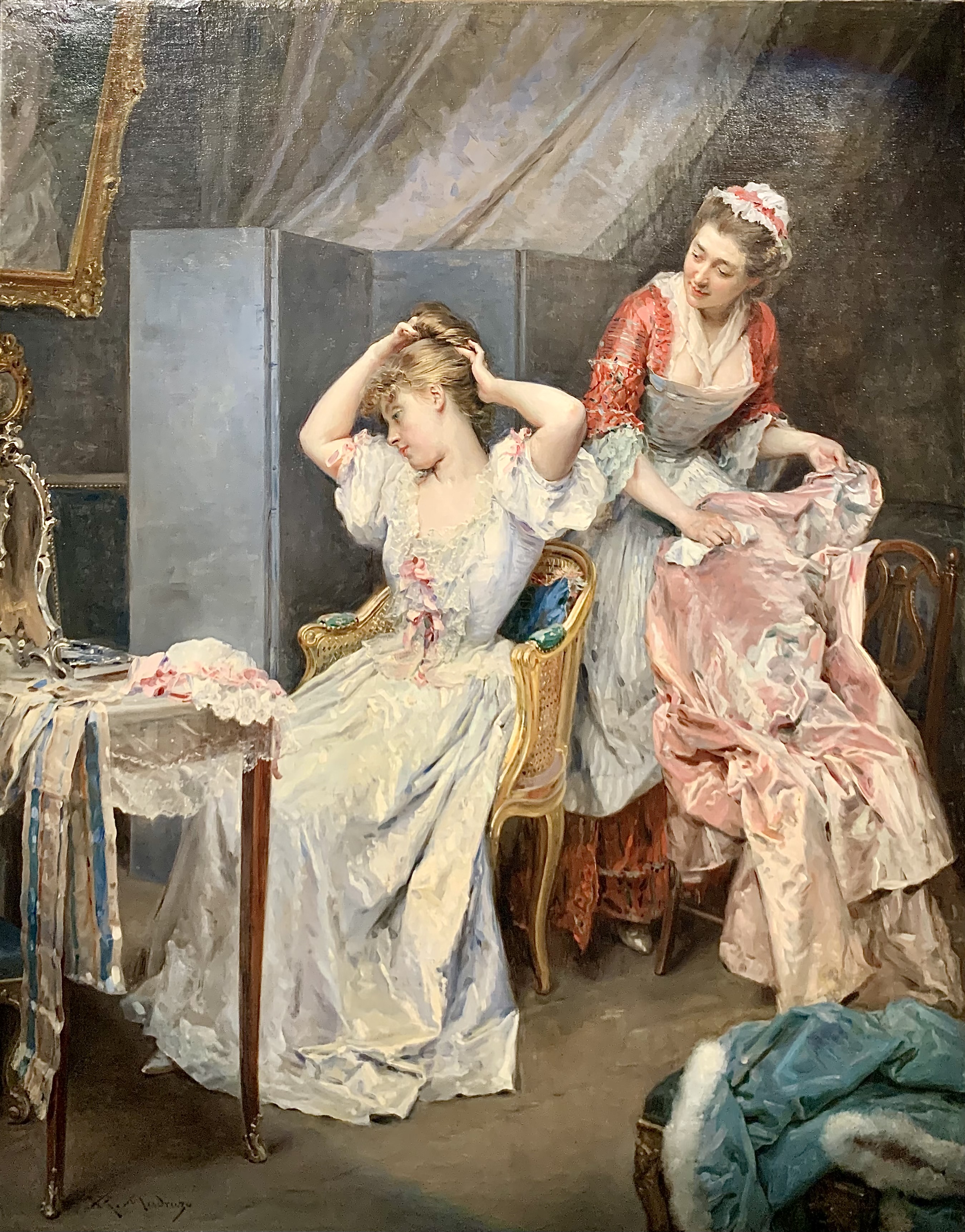 © "La Toilette" by Raimundo de Madrazo, Pedrara Martínez Collection via Wikimedia
© "La Toilette" by Raimundo de Madrazo, Pedrara Martínez Collection via Wikimedia
The friendships of women were held up as exemplary; women were considered to have more loving, kinder friendships. Indeed, when you look at Victorian literature, it is obvious that young girls who form close friendships in childhood – someone like Jane Eyre – go on to have successful marriages and motherhoods later in their lives, whereas girls who have difficult friendships as children, like Lucy Snowe in Villette, end up marrying unhappily, if they marry at all. Friendship becomes, in the 19th century, part of the expected rituals of the angel of the house.
Extraordinary social changes
Nineteenth-century young women were taught to have very overtly affectionate and almost romantically styled friendships. There is a letter from the 1860s between two women in their 30s, one of whom was married. They write to each other in very effusive romantic terms: "My dear, darling Sarah, how much I miss you. How I long to have you come and visit me," in very heightened language.
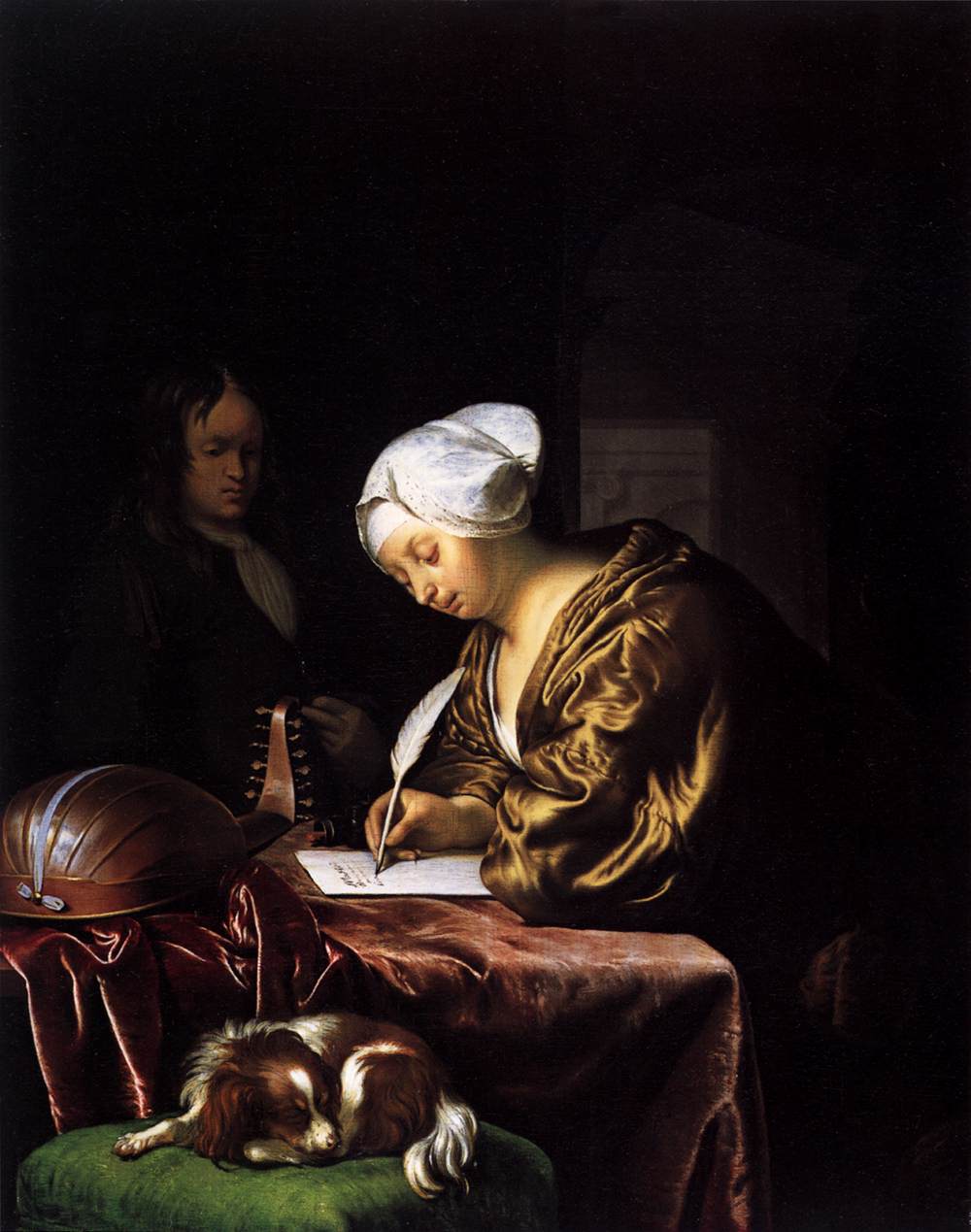 © The Letter Writer by Frans van Mieris the Elder, Rijksmuseum Amsterdam via Wikimedia
© The Letter Writer by Frans van Mieris the Elder, Rijksmuseum Amsterdam via Wikimedia
As we get into the 20th century, the lives of women and girls undergo extraordinary social changes. They embrace new freedoms and possibilities. They bring with them this tradition that female friendships are more sincere, lasting, intimate and emotional but add to it the idea that women really need their friends in order to survive in this brave new world. One of the big changes we see in history is that friendship, which for so long was seen as a male skill, becomes, by the 20th century, something we mostly associate with women. We imagine women are the ones who are able to form the deepest and most emotional relationships.
Scrutiny of friendships
Headmistresses in boarding schools and the principals of women's colleges began to warn against overly intimate attachments in friendships. They were particularly worried about relationships called "the crush," "the mash" or "the pash." Usually, a younger, more innocent girl developed a powerful fixation on, fascination with, an older girl, perhaps a head girl or a sports captain. It was bordering on the erotic in its intensity.
Quickly, as fears around lesbianism became more widely spoken about and anxieties around educating women became a real source of public debate, people were very worried that once they were educated, women would just not be interested in marriage and children, choosing instead to live with other women who were their friends or romantic partners and so on. There was anxiety around the possibility that women might choose to forego marriage and motherhood altogether.
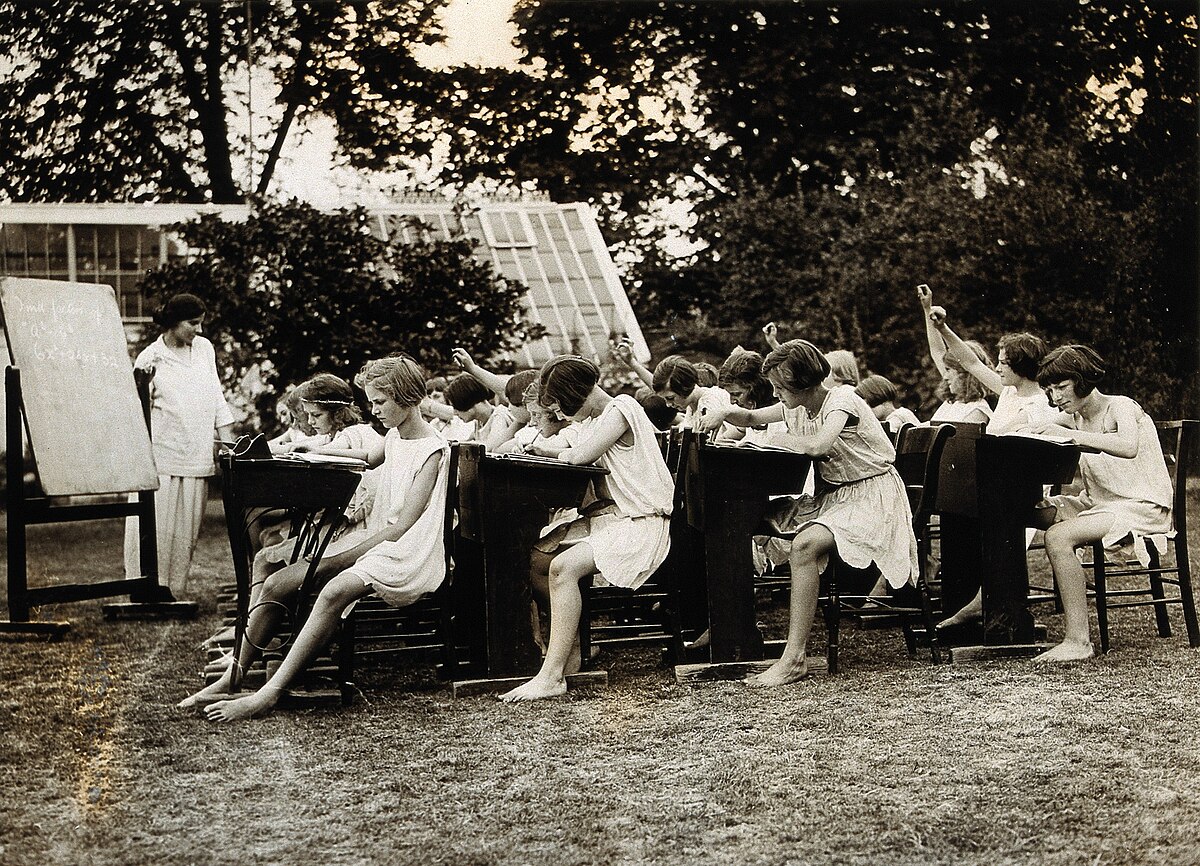 © Wellcome Collection
© Wellcome Collection
They were quite effective in changing the style of friendship. For example, in one boarding school, girls were forbidden from holding hands. In others, they were not allowed to kiss each other except on birthdays. In another, they were not allowed to help each other wash their hair, which I think is rather heartbreaking. The style of friendship, in a relatively short amount of time, less than 50 years, completely changed.
Feminist influence on friendship
One of the things I noticed in my research was that each moment women had more freedoms, their friendships increasingly came under the microscope, and crises in friendships were discussed.
In the 70s and 80s, feminists themselves began talking about a crisis in female friendship. Psychoanalysts Luise Eichenbaum and Susie Orbach, feminist activists in the 70s, set up the Women's Therapy Centre in London and New York. They subsequently wrote, in 1987, a book called "Bittersweet" about female friendship. They pointed out that second-wave feminism had in fact put a lot of pressure on female friendships.
 © Pexels
© Pexels
This pressure came partly from a real sense of the promise and opportunity female friendship offered, the idealization that it might save women. Women themselves, when they encountered difficulties, felt a lot of shame. Eichenbaum and Orbach described women coming to the therapy center for workshops feeling terrible shame and awkwardness about friendships that had gone wrong and their ambivalent or mixed feelings toward their friends. They felt they weren't being proper women, or proper feminists, either.
Bonding without cloning
As women took more freedoms and had more opportunities and chances, they also chose to go in different directions. If you think about a group of friends, someone might choose to stay at home with their children; someone might choose a career; someone might choose not to have children; someone might move away; someone might choose an experimental sexual life; someone might want to be in a very monogamous, traditional marriage and so on. Suddenly, there was this great diversity of experience among friends and a real challenge as to how friendships would then cope with the fact that people had gone in such different directions.
 © Pexels
© Pexels
Eichenbaum and Orbach argue that this was a particularly difficult challenge for women because they had been socialized to always align their desires and their experiences with other peoples’. There was this sense of a merging or blurring that can quite easily happen between women friends, they argued, and that blurring or merging can be really extraordinary, because it can create an amazing sense of intimacy and empathy between people. In the moments when women's lives diverge and their experiences become very different, it becomes a real challenge to understand one another and respect each other's different approaches and so on.
However, in the moments when women's lives diverge and their experiences become very different, it becomes a real challenge to understand one another and respect each other's different approaches and so on. Susie Orbach and Luise Eichenbaum described this as a very painful separation for women friends who weren't always entirely prepared for it or did not always entirely understand what was happening. They said that women needed to learn a new style of friendship, which they called "bonding without cloning."
“Toxic” friends
In the 2000 years of male-authored celebrations of male friendship – for example, in Montaigne's work – women friends are regarded as being more unfaithful, more flighty, prone to envy and jealousy, more argumentative and so on. Those ideas do stay with us in the 19th and 20th centuries, even as female friendship becomes put on a certain pedestal. There are also these ideas circling like sharks, as it were, about the kind of bad friend they might become. Certainly, the 20th century diagnosed all kinds of new bad friends, which I think linger today.
One of them, which began to emerge in the 1980s, was the toxic friend. The toxic friend is a friend who subtly puts you down and undermines you, who seems to be a drain on your resources, who endlessly talks about themselves and their own problems, or who – for some reason that is very hard for you to pin down – makes you feel really bad about yourself. Self-help writers really started talking about the toxic friend in the 80s, and by the early 90s, it had become very, very clear: the toxic friend should be cut out of your life altogether without any hesitation or delay. You either had toxic friends, or you had true friends.

© Pexels
Now, part of the reason I think that this idea of the toxic friend appeared at this particular time is to do with the growth of literature around self-actualization. The sociologist Eva Illouz talks about the importance of choice in liberal policies. We are interested in the idea that we can make free economic choices. But also that language of choice extends to our intimate lives. Illouz talks about our romantic lives, but I think it's also true of friendship.
In a world where it's really important that we are making clear and decisive choices, the idea that we might hang onto a friend who makes us feel bad – but we can't quite bring ourselves to break off the friendship – the idea that we sort of linger in this awkward in-between place begins to seem like a real moral failure, a kind of victimhood. Indeed, that is how it is presented nowadays online. If you look at social media, there's an enormous amount of material around toxic friends and how you spot them, how you should get rid of them and so on.
What is emerging out of this toxic friend discourse is this very fragile and idealized notion of what a friend ought to be. In many cases, it's a very unobtainable ideal and probably a very dangerous one, given that we are living in this age of loneliness and isolation.
A final thought on friendship
I think there's this idea about friendship – that there are these great friendships that last a lifetime and that these are the best and most desirable forms of friendship. Actually, in my research, I came to really value different kinds of friendships: the more transient friendships, the fleeting friendships, friendships between people who did not even know each other's names online, friendships between neighbors, where the friendship was more based in pragmatic exchanges and practicalities rather than in a deep sense of emotional connection.
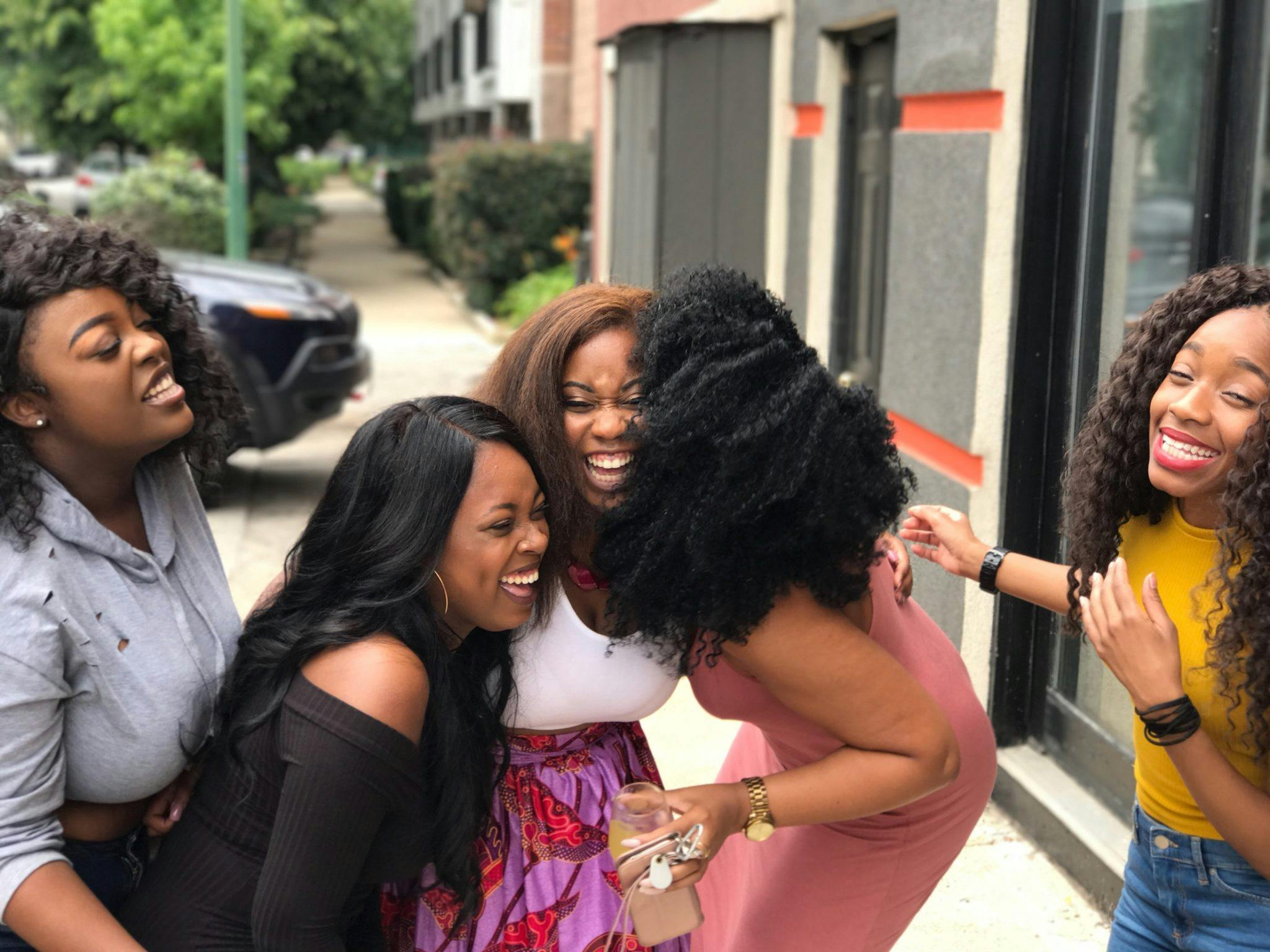 © Pexels
© Pexels
The idea that friendship has a hierarchy, and at its top and most significant are these lifelong best friendships, has been with us for a very long time. Aristotle wrote about those kinds of friendships. I think, however, that we need a more flexible and capacious idea about what friendship can be if we are to manage the challenges of living in the 21st century.
Editor’s note: This article has been faithfully transcribed from the original interview filmed with the author, and carefully edited and proofread. Edit date: 2025
Discover more about
the history and psychology of female friendship
Watt Smith, T. (2025). Bad friend: How women revolutionized modern friendship. Faber.
Watt Smith, T. (2016). The book of human emotions: An encyclopedia of feeling from anger to wanderlust. Wellcome Collection.
Watt Smith, T. (2019). Schadenfreude: Why We Feel Better When Bad Things Happen to Other People. Wellcome Collection, Profile Books.
Orbach, S. & Eichenbaum, L. (1988). Bittersweet: facing up to feelings of love, envy and competition in women's friendships. Arrows.
Watt Smith, T. (2025, May 6). Joining a female fight club cured my midlife loneliness. Oprah Daily.
Watt Smith, T. (2025, May 29). From BFF to backstabber: 5 lessons about friendship. Next Big Idea Club.